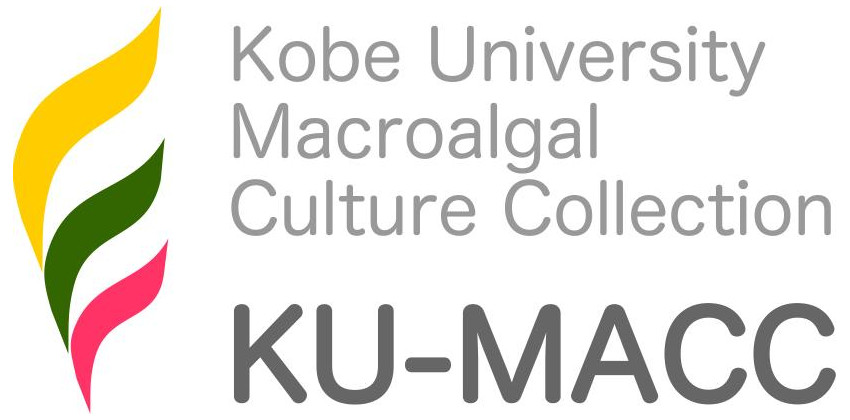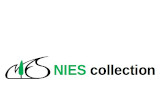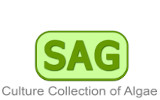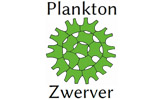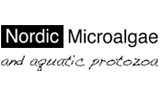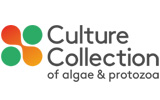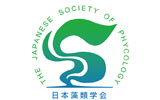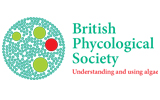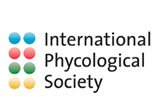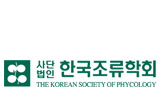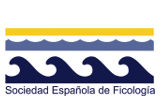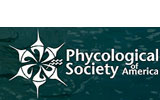Sarcinofilum Darienko & Pröschold, 2017
Holotype species: Sarcinofilum mucosum (Broady) Darienko & Pröschold
Publication details: Darienko & Pröschold, 2017: 24
Original publication and holotype designation: Darienko, T. & Pröschold, T. (2017). Toward a monograph of non-marine Ulvophyceae using an integrative approach (Molecular phylogeny and systematics of terrestrial Ulvophyceae II.). Phytotaxa 324(1): 1-41, 23 figs.
Description: Young filaments are uniserial and contain short cylindrical cells. Uniserial filaments contain 20–30 cells and are usually detached from the substrate. Vegetative cells contain parietal chloroplasts with a single pyrenoid and nucleus. The pluriserial filaments develop uniserially through several longitudinal divisions in perpendicular directions that result in the formation of sarcinoid-like three-dimensional structures. The pluriserial filaments can reach hundreds of cells, and then start to disintegrate into packages and become free-floating entities. Asexual reproduction occurs through fragmentation of the filaments or special zoosporogenesis. Quadriflagellated zoospores develop into the vegetative cells of pluriserial filaments. Each cell forms only one zoospore. Sexual reproduction is not observed.
Origin of description: this description is from the original publication; it may have been modified slightly. The most recent alteration to this page was made on 2018-03-15 by M.D. Guiry.
Taxonomic status: This name is of an entity that is currently accepted taxonomically.
Most recent taxonomic treatment adopted: Škaloud, P., Rindi, F., Boedeker, C. & Leliaert, F. (2018). Süßwasserflora von Mitteleuropa. Freshwater flora of central Europe: Chlorophyta V: Ulvophyceae. Vol. 13 pp. [i]-vii, [1]-288, 182 figures. Berlin: Springer Spektrum.
Nomenclatural notes
"Synonym: Trichosarcina Nichols et Bold 1965, J. Phycol. 1: 38 (diagnosis latina) (nom. invalid)," - (09 October 2017) - M.D. Guiry
"The new genus Sarcinofilum was proposed by Darienko & Pröschold (2017) to replace Trichosarcina, which was considered invalid because no type specimen was designated for its type species, T. polymorpha (Nichols & Bold 1965). This nomenclatural solution is somewhat unfortunate because the genus and species were legitimately described based on solid morphological evidence (Nichols & Bold 1965). A taxonomically more elegant and stable solution would have been to validate Trichosarcina, for example by validating its type species by designating as lectotype the illustrations in the original publication." (Skaloud et al. 2018: 132).
- (15 March 2018) - M.D. Guiry
Verification of Data
Users are responsible for verifying the accuracy of information before use, as noted on the website Content page.
Contributors
Some of the descriptions included in AlgaeBase were originally from the unpublished Encyclopedia of Algal Genera,
organised in the 1990s by Dr Bruce Parker on behalf of the Phycological Society of America (PSA)
and intended to be published in CD format.
These AlgaeBase descriptions are now being continually updated, and each current contributor is identified above.
The PSA and AlgaeBase warmly acknowledge the generosity of all past and present contributors and particularly the work of Dr Parker.
Descriptions of chrysophyte genera were subsequently published in J. Kristiansen & H.R. Preisig (eds.). 2001. Encyclopedia of Chrysophyte Genera. Bibliotheca Phycologica 110: 1-260.
Linking to this page: https://www.algaebase.org/search/genus/detail/?genus_id=52324
Citing AlgaeBase
Cite this record as:
M.D. Guiry in Guiry, M.D. & Guiry, G.M. 15 March 2018. AlgaeBase. World-wide electronic publication, National University of Ireland, Galway. https://www.algaebase.org; searched on 09 June 2025
